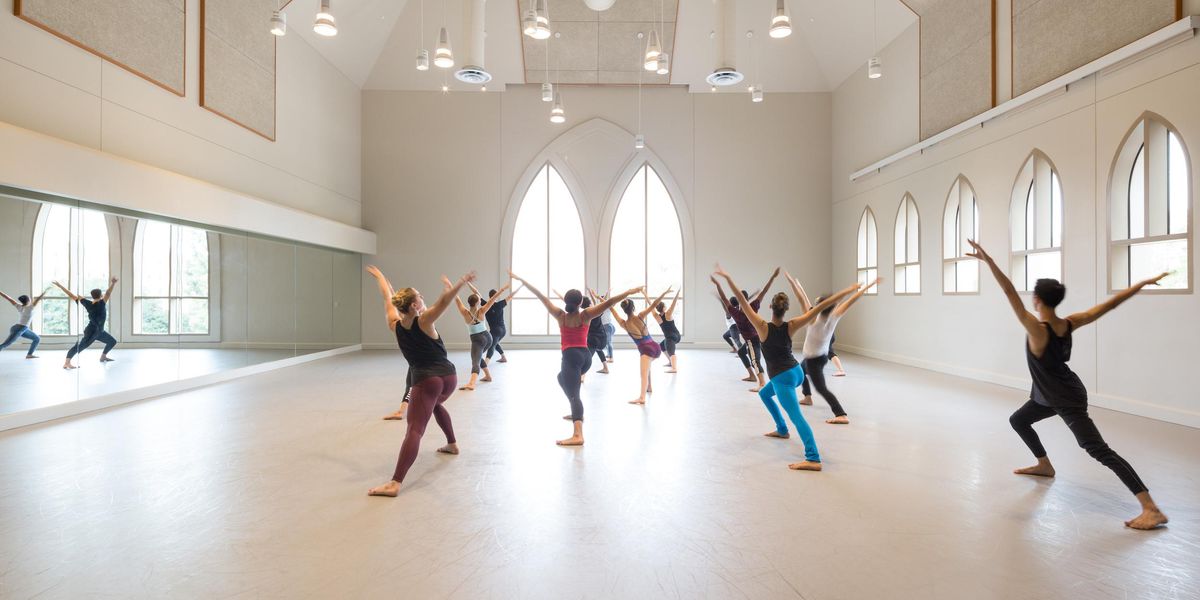Harnessing Inflammation
Thinkstock
Come back stronger by using your body’s natural healing response.
It’s the end of a tiring rehearsal, but you try that challenging jump one last time, and land sideways on your foot. Within minutes you begin to notice the signs of a sprain: swelling, pain and heat, and eventually bruising.
As a group, these symptoms are called inflammation. It hurts—and it looks awful—but is it dangerous? “Inflammation is part of the healing process,” says Dr. Joey Fernandez, a sports medicine specialist with the Harkness Center for Dance Injuries at New York University’s Langone Medical Center. Inflammation is natural and unavoidable, and you can work with it to get back on your feet more quickly.
What’s Happening?
When you have an acute soft-tissue injury like an ankle sprain, Fernandez explains, inflammation sends in immune
cells and chemicals, such as neutrophils, cytokines and macrophages, to clear out damaged tissue. “It’s like renovation,” he says. “You put up scaffolding, and the workers have to remove the damage before they can rebuild.”
Get the Swelling Down
Swelling is a result of fluid leaking out of the blood vessels into the surrounding tissue during the inflammation process. This delivers the repair cells to the site, but it can also slow recovery. “Let’s say you have a partially torn ligament,” explains Dr. Selina Shah, who treats dancers at Saint Francis Memorial Hospital’s Center for Sports Medicine in Walnut Creek, California. “The fibers are going to have a hard time coming back together if the fluid from swelling is in the way.”
Immediately after the injury, you can help clear out the excess fluid by wrapping the site in an ACE bandage or brace to apply gentle compression and by elevating the injured area (above the heart, if possible). Ice can also be applied (using a towel to protect your skin from frost burn) for 15 minutes about three times a day. You can continue these treatments for as long as the swelling is visible and you notice a benefit.
Active Rest
Fernandez estimates that the debris-removing macrophages need about 36 hours to eat up damaged cells. Dancers should avoid weight-bearing activity on the injured body part during that time, he says, “or you can be dancing on tissues that haven’t started to build new cells.” However, he prescribes gentle movement immediately after injury. For a sprained ankle, for example, lie on your back, raise your injured ankle toward the ceiling, and carefully rotate your ankle, wiggle your toes and flex your foot. These “open-chain” exercises, where the limb is free to move without resistance, promote healing without further damaging the tissue. “I tell dancers, Think of your ankle sprain as having lungs,” explains Fernandez. “It needs oxygen to heal, and the physical motion squeezes the tissues to encourage drainage.”
Anti-Inflammatories
“NSAIDs get a bad rap,” Fernandez says of the over-the-counter anti-inflammatory drugs, which have been blamed for everything from liver damage to ulcers. He is comfortable recommending short-term use to reduce pain. “Nothing is going to happen unless you have a predisposing condition,” says Shah. Addressing another common misconception, she adds that “they’re absolutely not addicting.”
However, both doctors warn against using anti-inflammatories to push through class or rehearsals before an injury has healed sufficiently. “Teachers and directors expect dancers to heal on a timeline,” Fernandez says, “but you might actually take two steps back.”
Swelling Controversy
“There are a lot of misconceptions about inflammation in the dance world,” Shah warns. Many existing studies are poorly designed and unreliable, she says, “but people read them on the internet and think they’re true.”
In particular, she says that many dancers underestimate the power of the inflammatory response. “They’ll say, ‘If you use ice or NSAIDs, you’re going to stop the inflammation.’ They don’t stop the process—your body is a lot smarter than that and has many pathways to healing.”
Ultimately, every body is unique and responds to inflammation—and treatment—in its own way. “There is a sweet spot for each person,” Fernandez observes. “What we want to do is get the benefits while minimizing the side effects.”





